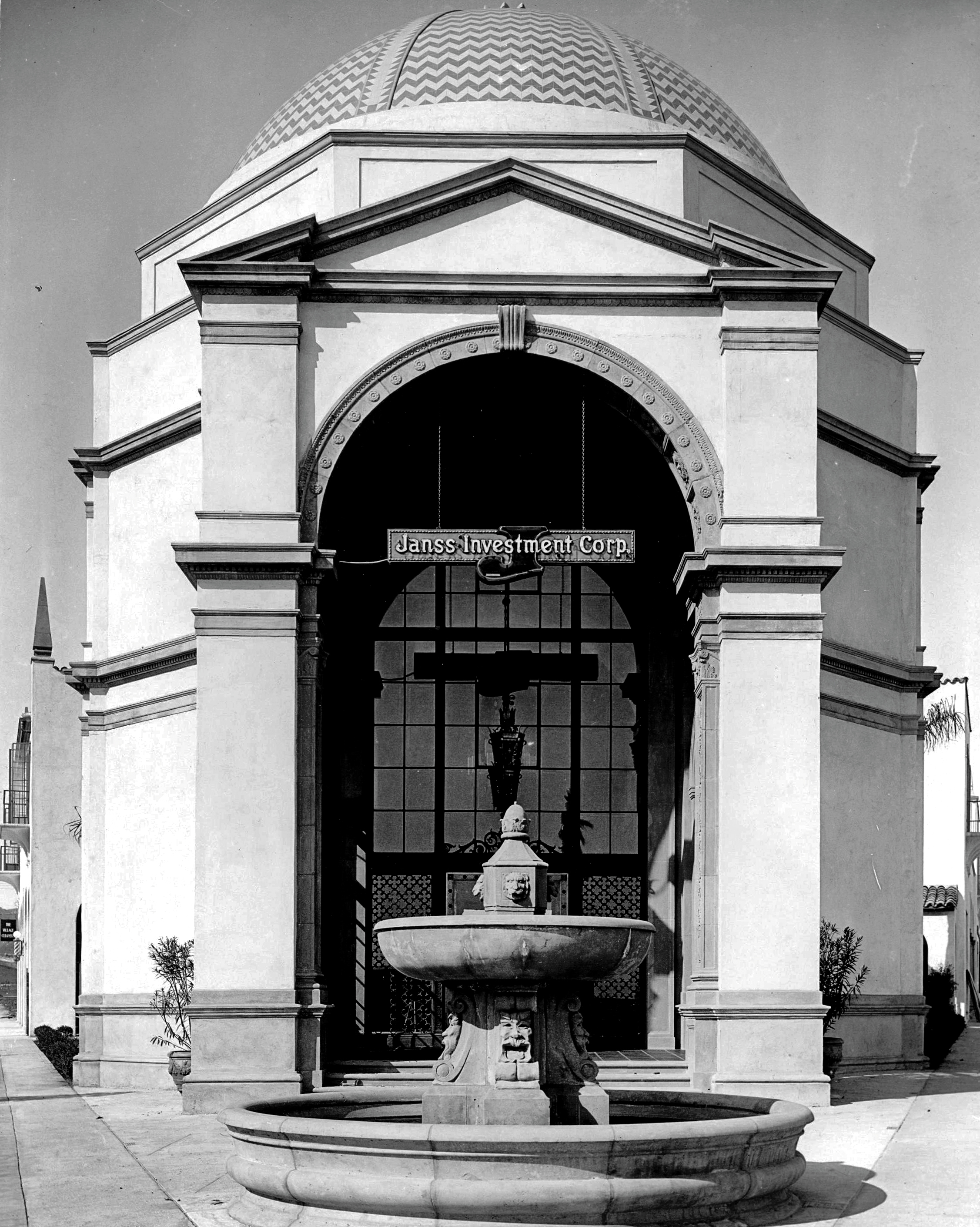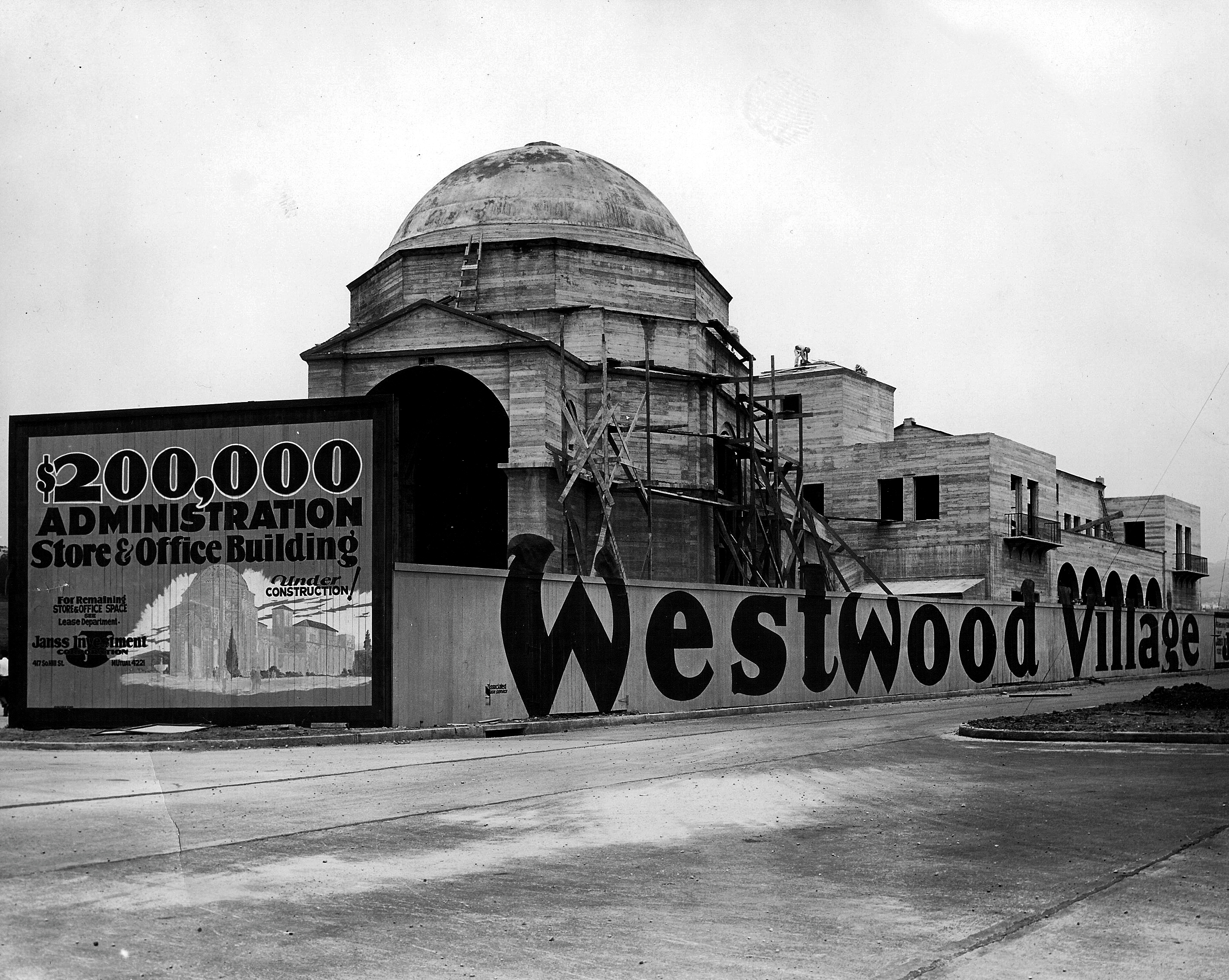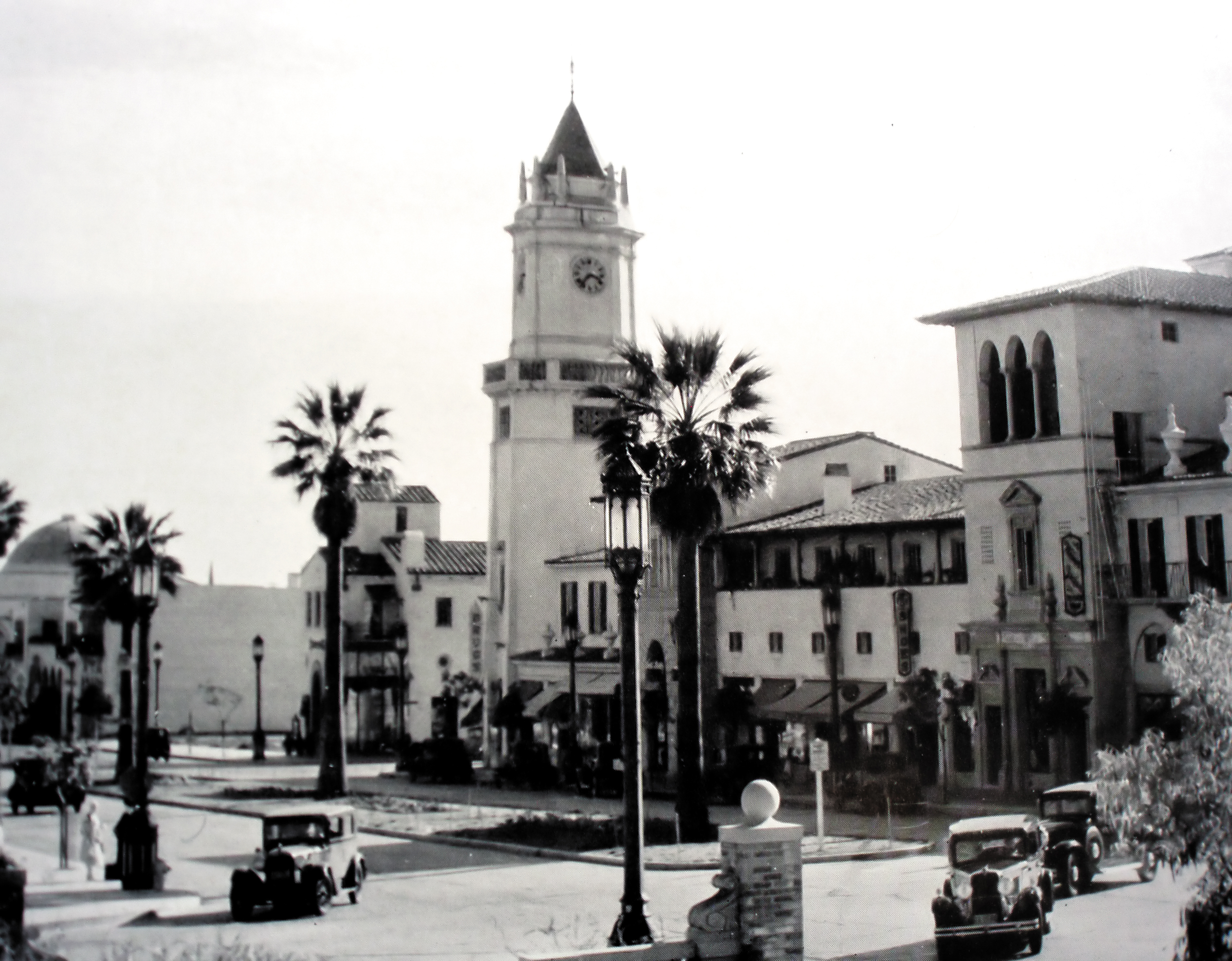

The history of Westwood can be accounted for in terms of change, development, competition or a laundry list of questions that start off with “Did you know…?”
For example: Did you know that Steve McQueen and members of the Rat Pack used to frequent Westwood? Did you know Westwood had a gang presence in the ’80s? Did you know Westwood had an ice skating rink?
“Westwood has had a lot of different eras,” said Kevin Roderick, author of “Wilshire Boulevard: The Grand Concourse of Los Angeles,” a book on the history of every city Wilshire crosses through.
Westwood was a product of the Janss family (of Janss Steps fame), as is much of West Los Angeles. The Janss Investment Company had headquarters in the building currently owned by Yamato, a Japanese restaurant and sushi bar.
“The Janss family was a big development company,” Roderick said. “In Westwood the family was hired to develop a huge chunk of land from the ridge of the mountains to Pico Boulevard and from Sepulveda Boulevard to the Beverly Hills city line. It was a big deal for them to start developing things this far west.”
Part of the Janss family’s marketing scheme involved promoting the university as part of the draw of the village.
“The university and Westwood were products of each other. They grew up together and were developed at the same time,” Roderick said.
Westwood also advertised itself as a community-oriented, upscale shopping area with department stores, mini-golf, bowling and an ice skating rink. Located on the corner of Weyburn Avenue and Gayley Avenue, Sonja Henie Ice Palace, which was originally known as the Tropical Ice Gardens, was open year-round from 1938 to 1949.
“It was an audacious idea, an outdoor skating rink open all year in Southern California,” Roderick said.
Roderick said that by the ’60s Westwood became known as a sophisticated shopping center. Kids from the suburbs would come in on evenings and weekends to shop and eat. During this new era, which peaked in the late ’80s, Westwood was in demand as a place to premiere movies.
“It was very vibrant,” said Jennifer Schmahl, an alumna from the class of ’83, of Westwood during her school years. “There was always a lot of foot traffic: people going to movies, people going to restaurants, young people enjoying themselves.”
While Westwood excelled in providing places for students to entertain themselves, it lacked basic amenities for the average student on a budget.
“It seemed mainly geared toward nightlife,” Schmahl said. “It was hard to shop there if you wanted to buy clothes. It was a lot of upscale stuff.”
The dilemma works both ways. If students don’t buy as much, shopkeepers don’t make as many sales. In a trend that continues today, store owners in Westwood struggle to make ends meet in the face of competition from large neighboring malls, higher rent and lower sales. Westwood had gained a reputation for the number of stores going out of business.
“Westwood is the only college town with a 30 percent store vacancy,” said Stan Berman, owner and founder of Stan’s Donuts.
In 1963, Berman, a veteran of the Marines from Philadelphia, took over the lease from a building on the corner of Weyburn Avenue and Broxton Avenue, across the street from the Bruin Theater, and opened up his shop. Before Stan’s Donuts, the shop held an Orange Julius and a Van de Kamp’s Bakery. Berman said it was the combination of foot traffic and upscale surrounding areas that drew him to Westwood.
“Activity with a nice class of people (drew me to Westwood),” Berman said. “You have activity in Culver City, you have activity on Sunset Boulevard … but I wasn’t too crazy about the class of people.”
Berman said this changed during the ’80s when what he considers to be the golden years of Westwood, 1965-1985, came to an end.
Around this time Westwood’s image as one of the safest areas in Los Angeles was threatened by the presence of gang members, culminating in the murder of Karen Toshima, an innocent bystander, in 1988.
“We had one (killing) and it was our downfall … and every other area has killings every single day,” Berman said.
Both Berman and Roderick said that the increased presence of gang members gave people the impression “”mdash; the inaccurate impression, Berman said “”mdash; that Westwood was becoming more violent. However, the development of bigger malls in Santa Monica and Culver City, as well as huge multiplexes, also negatively impacted Westwood.
“Westwood used to be the promenade,” said Roderick. “(Now) Westwood continues to lose its sizzle to places that are considered more modern.”
And yet, Westwood is still home to the Fox Theater and a number of other Los Angeles historical and cultural monuments. As it approaches its 100-year anniversary in the next decade, Westwood may see some changes in the future, but it would not be the first time Westwood has seen the end of an era pass.
